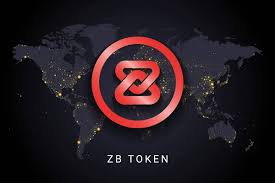There exist several types of cryptocurrency wallets. Each of them provides the user with a different way to access their digital currency. These wallets can be sorted into three categories – hardware, software, and paper. Software wallets can be mobile, desktop, or online.
Mobile: the wallets run on an app on your mobile device and are really useful because they can be easily carried around, accessible with your phone, and can be used anywhere. Compared to desktop wallets, mobile wallets are much smaller and simpler because of the limited space that is available on a phone.
Online: wallets run on the internet and can be accessed from any computer from anywhere in the world. They are more convenient to access and store your private and public keys. They are so convenient because they are controlled by a third party, but with that convenience, you are sacrificing security because they are more vulnerable to hackers and theft.
Desktop: these types of wallets are downloaded and installed on a laptop or PC. They can only be accessed from the computer that they are initially installed to. These types of wallets offer one of the highest levels of safety, but if your computer gets a virus or gets hacked there is a chance that you could lose all of your funds.
Hardware: wallets differ because they store private keys on an external device like a USB stick. Users are able to take actions online with these types of wallets, but after use, they are stored offline. This provides them with an increased level of safety and security. Depending on what hardware wallet you use, the web interfaces and currencies you will be able to access will differ. Making transactions with these wallets is also really easy which makes it a win-win situation for security and ease of use. To send currency with hardware wallets you need to plug it into a device that is connected to the internet, input the pin, send the amount of currency, and accept.
Paper: wallets are simple to use and provide the user with high levels of security. Paper wallets can refer to physical printouts of your private and public keys, but also can refer to software that securely generates keys and prints them out. Using a paper wallet is really simple. Transferring a cryptocurrency to your paper wallet is done by a transfer from a software wallet to the public address shown on your paper wallet. And the opposite for when you want to withdraw or spend your currency.
Choosing Which One is Best for You
Choosing the right wallet for you should not be that difficult. You should read through all the pros and cons of each type and what are they used for and most effective at. Then do a checklist of the things that could match your needs and go from there. It should be easy as that.











